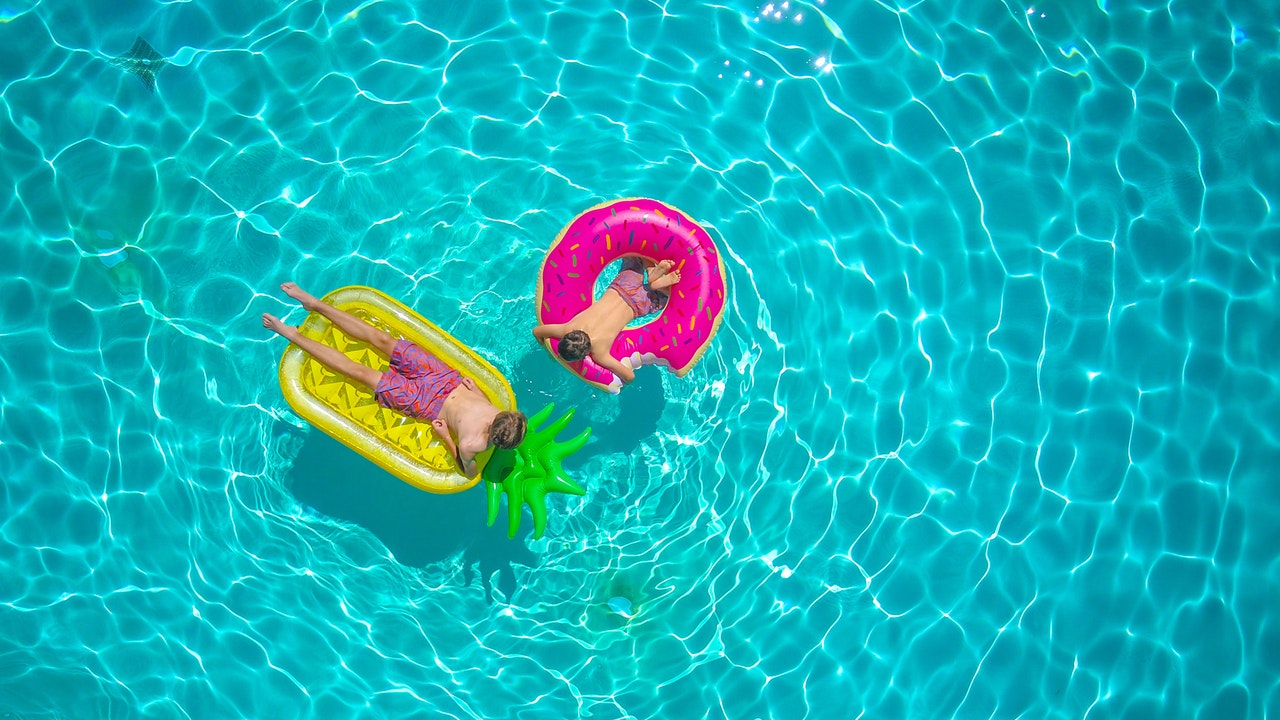The Pacific Rim National Park Reserve near Tofino and Ucluelet is getting a new program to help prevent swimming accidents and drownings in the area. The CoastSmart Program is based on similar programs in the United Kingdom, Australia, and Hawaii. It will be the first coastal safety program in Canada.
The Coast Smart Program in Action
The focus of the program is based on the unpredictability of the ocean and the surprisingly debilitating effects of cold water. Many people do not realize the potential dangers associated with the coastline and just how much the environment changes as soon as you are near the water. As many visitors to the Pacific Rim Park Reserve have never been to the ocean before, explaining just how much the environment changes is an important safety goal.
Part of the program will be education focused, and it will share surprising stats about water injuries and drownings. For example, one of the statistics posted along the shoreline of the Pacific Rim National Park Reserve is that rip currents cause about 80% of local surf rescues. Another interesting fact is that a shocking 20% of people who drowned never intended to get wet while visiting the coastline. Similar statistics and warning signs will be posted near the shoreline.
Swimming Safety Tips You Can Use
While the Coast Smart Program is a strong effort toward increasing safety along the coastline, individuals need to take additional steps to keep themselves safe while swimming, particularly in the ocean.
Children are at higher risk of drowning simply because they are not as experienced in the water. Parents should never let children swim without supervision, even in private pools near homes. It just takes a few seconds for an accidental drowning to occur.
Healthlink BC recommends the following safety tips for swimmers:
- Read the signs.Warnings around pools or the coastline are there to protect you. The rules posted on signs are meant to keep pools clean and germ-free and prevent visitors from going into hazardous locations.
- Walk; do not run.When you are near a private pool, you should take care not to run around the edges of the pool. These areas may be slippery and falling into the pool or near the pool can cause serious injuries. The same can be said about many coastline areas. You should also take extra care getting in and out of the pool, and use a handrail if it is available.
- Look before you leap. Whether you are diving into a pool or a swimming hole, you should take a hard look at the water beneath you. Diving head first into shallow water can cause serious injuries and even death. Do not dive into an area of water that you are not familiar with because you may hit hidden rocks or the location may not be as deep as it seems.
- Never swim alone. Most public pools will have a lifeguard on duty. However, private pools and many natural swimming areas like lakes and the ocean may not have those protections available. It is a good idea to swim with someone else whenever possible.
- Do not swim beyond your abilities. It is normal to want to test yourself physically and mentally when swimming, however, this type of challenge can be dangerous. Fatigue can set in quickly and have extremely detrimental results. Be sure to only swim in roped off areas and parallel to the shore.
In some situations, a failure to post warnings or maintain a swimming pool can result in legal liability if you are hurt. An experienced personal injury lawyer will be able to evaluate your case to determine if you have legal options. Contact our team by calling 1-800-567-HURT.
